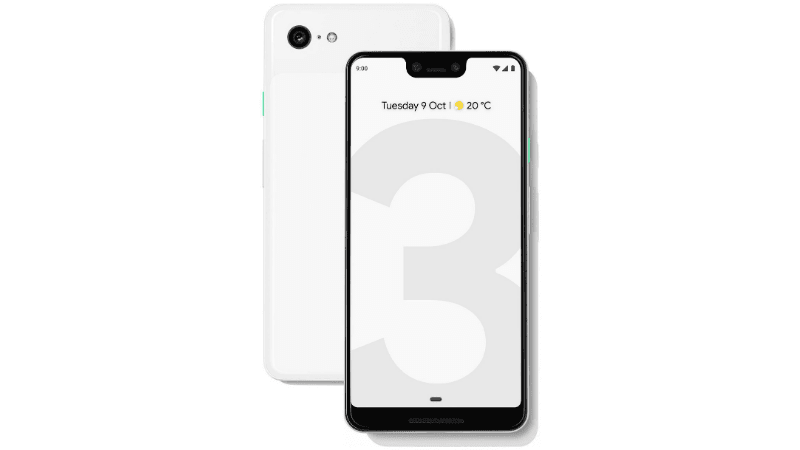eSIM Working on Phones Explained It is also crucial to know how the eSIMs operator in order to understand how Airtel subscribers using these devices will be able to benefit from it. The eSIM, as we mentioned above, comes embedded right onto the motherboard of the phone and it also comes with unique identifiers like the ISMIs similar to the standard SIM cards. The built-in antenna on the device uses Universal Mobile Telecommunications System (UMTS) radio to connect with the network and stores the International Mobile Subscriber Identity (IMSI) which routes and diverts the call to the Watch in case the phone of the user is unreachable. The advantage of the eSIM is that it remains flexible from carrier to carrier and can be paired with any network. Using the eSIM, the users will be able to carry out normal calling, SMS, data access and more. Advantages and Drawbacks of eSIM It is worth noting that, firstly, the eSIM technology was introduced in Apple Watch, and then the technology followed to other Apple products like the iPhone XS, XS Max and the XR. Even during the time of the launch of Apple Watch in India, Reliance Jio and Bharti Airtel remained the only two service providers supporting the Apple Watch on their network. There are some distinct advantages to the eSIM, and it is the next step from the standard SIM card. There is also the fact that having an eSIM would mean fewer chances of water damage and hardware wear since there won’t be any SIM tray meaning no opening and closing and hence one less point of failure. For the telecom operators, it would mean that they won’t have to manufacture and distribute a large number of SIM cards. With that being said, because of being a relatively new technology, there is less support for eSIMs in the market right now and it is one drawback of the new technology
